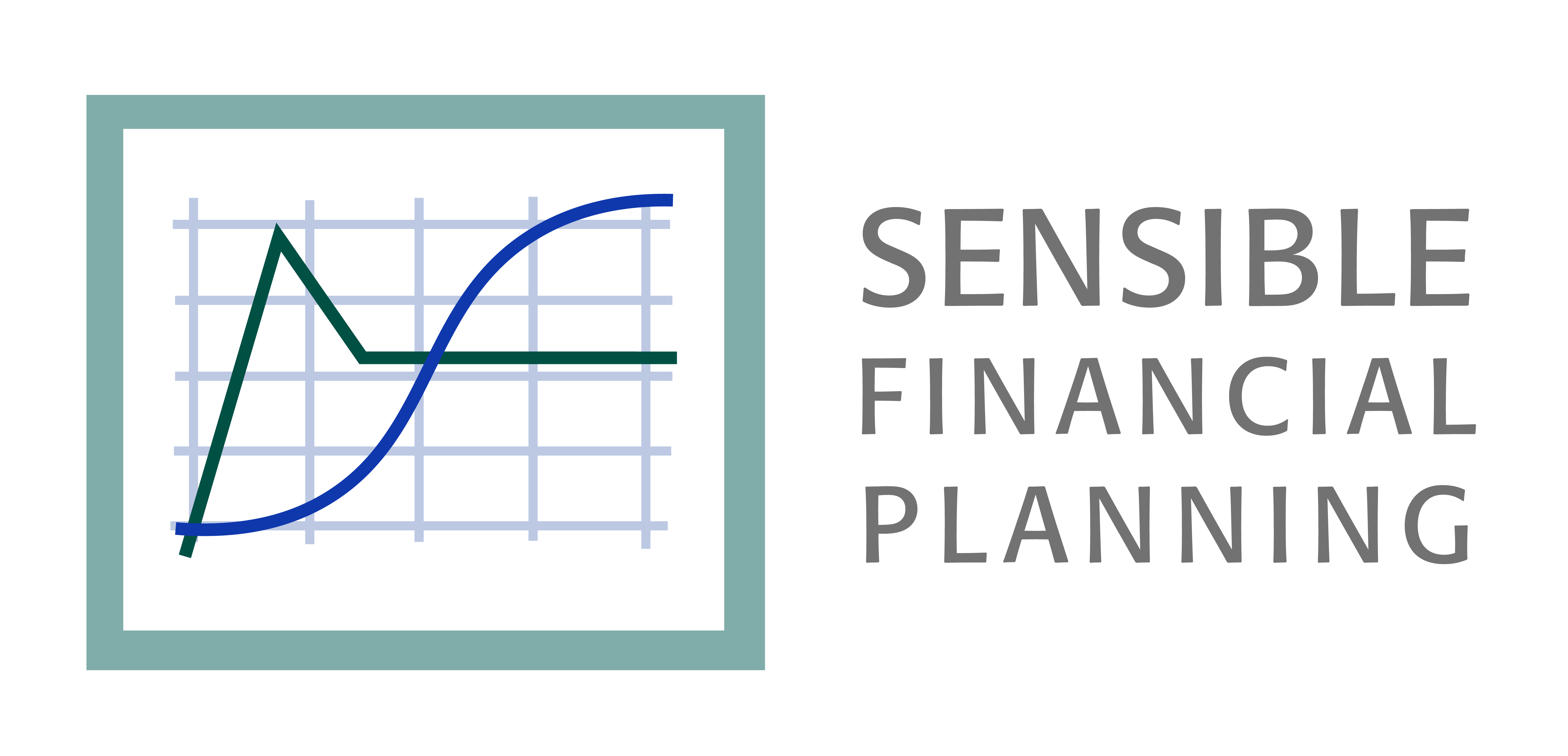
In my third in a series of articles delving deeply into investing in the first two decades of this century, I look at factor investing. The first covered US stocks and bonds, and the second, international and emerging markets from 2000-2019.
This article originally appeared in Forbes.com.
Factor investing is an empirically-based strategy intended to produce higher returns with limited extra risk. The practice involves investing more than the market proportion of a portfolio in stocks exhibiting specific factors.
Value and small stocks
Two popular factors are “value” and “small.” Both factors have historically been associated with higher investment returns.
- Value stocks have larger book or accounting values compared to their stock market values. Value stocks appear to be bargains. For example, imagine a company with a stock market value of $100M with $200M in cash on its balance sheet, and no other assets or liabilities. In theory, we could buy the whole company for $100M, liquidate it, and walk away with $200M, or $100M net. This would be a quintessential value stock. In contrast, “growth” stocks appear to be very expensive when comparing market values to book values. Warren Buffett is a prominent advocate of the value approach.
- Small stocks are the stocks of companies that have smaller market values than the average public company. Large stocks represent companies with higher than average market values.

- The chart compares value (Russell 3000 Value) stocks to growth (Russell 3000 Growth) stocks and small (Russell 2000) to large company (Russell 1000) stocks, against the entire market.
- In the most recent decade, neither emphasizing value stocks nor small stocks paid off, with growth outperforming value 13.1% to 9.8%, and large outperforming small 11.6% to 9.9%. The stocks of large growth companies (think Apple AAPL, Amazon AMZN, Alphabet/Google) performed extremely well. However, in the aughts, the situation reversed. Both value stocks and small stocks had positive real performance, while large stocks did poorly and growth stocks did terribly (the “dot com bust” was largely about internet growth stocks). Both value and small categories’ advantage in the aughts overcame their disadvantage in the teens Both outperformed their counterparts, and the whole market, over the full twenty years.
Strong parallels with stocks and bonds from 2000-2019
- Small company and value factors performed well in the aughts and poorly in the teens, and both of these factor strategies were successful over the two decades.
- However, increasing your emphasis on value and small US stocks based on their performance in the aughts would have produced disappointing results in the teens.
It is tempting to project past performance into the future. Human beings are story tellers, and we want to learn from our experiences. Unfortunately, in investing, deciding which experiences to learn from is hard. We’d like to be able to say that because strategy X worked last year (or last decade) it is certain to work this year (or this decade), or alternatively if it didn’t work in the past period, it definitely won’t work going forward. In practice, we are limited to saying that past performance is no guarantee of future results, which is much less satisfying.
Will a factor (value or small) strategy succeed in the future?
Looking at just the last ten years, one might say no, but the last two decades combined yielded favorable returns. More broadly, the factors have paid off historically, but since “everyone” knows about them now, their advantages might disappear.
Investors considering these strategies should understand the potential drawbacks:
- There’s no guarantee value or small will outperform and the results may be slow in coming. Will you have the patience to wait?
- By its very nature, a factor portfolio will perform differently than the overall market. Will you have the persistence to stick with your approach even when other approaches (including some used by your friends) seem to fare better ?
Both factors enjoyed very attractive performance advantages in the aughts. Realizing that kind of advantage in the future, if it ever appears again, will require patience and determination.
